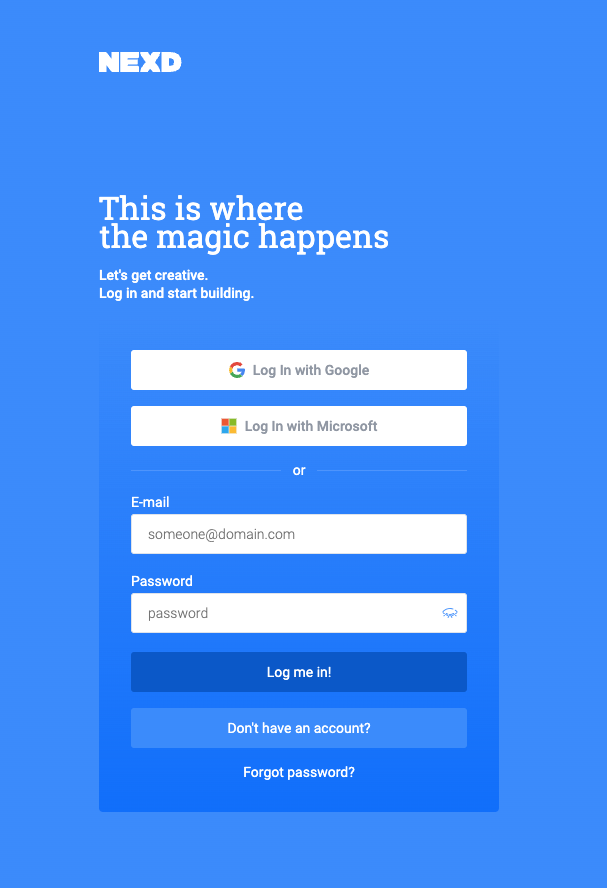The End of Third-Party Cookies Gives Way to the Importance of Creativity
The news that Google plans to block the use of Third-Party cookies aka website tracking first emerged in 2019.
Since then, the decision has been pushed back several times. Chrome’s competitors, such as Apple Safari and Mozilla’s Firefox, have taken privacy enhancing steps already years ago. However, as Google has the biggest market share, total of 63% browser usage, Google’s steps will be the most influential.
Now, the process is finally starting, “The browser will block third-party cookies for 1% of users on computers and Android phones” and it will be extended to all users by the end of 2024.
This is a significant change for marketers, who have so far relied on cookies to track users and target them with specific ads. Now that this will be limited, marketers have to think of other ways to capture the attention of their audience and maintain campaign effectiveness.
Adjusting to Post Third-Party Cookie World
With the blocking of cookies, digital marketers have to reevaluate how they will reach their campaign objectives best.
Some of the ways they can ensure success is by focusing on First-Party data (such as website visits, email subscriptions and loyalty program data) and shifting towards contextual advertising, meaning targeting ads based on what the content is on a specific page, however, that will rely on a lot of stereotypes eg. targeting products oriented for women on sites historically with majority female readership. However, like this, the brand can miss out on the attention of women with more niche interests.
Other options include establishing partnerships with other brands and platforms to share First-Party Data between advertisers, using AI and machine learning to analyze and find patterns from existing data or focusing on using interactive creatives and content, but this is a more difficult solution as First-Party Data owners are not keen to share their data, nor do they usually have permission from their users to do that.
Leveraging Interactive Creatives
The importance of using great creatives increases significantly when there is no cookie data to rely on. Using creatives that are unique and engaging, allowing users to interact with the content of the ad will help capture the attention of the audience.
LUMA Partners, the leading investment bank in digital media and marketing, has researched the importance of focusing on the creative. Although, data and media are linked to improvement in efficiency, focusing on the creative gives you efficacy which can offer your campaigns an outcome boost in magnitude. Read more from their research here!
Focusing on memorable and impactful interactive ads, marketers can create campaigns that will draw users in. This is important in order to build brand awareness and encourage interaction with the brand.
Look at our impressive examples here.
Tools, such as Nexd, will become increasingly important as making interactive ads is not in the skillset of most advertisers or even designers. Use our no-code platform to make lightweight sustainable display and video ads that pull the ad viewers in.
It might be the end but it’s also the beginning of creativity
The end of Third-Party cookies in Google Chrome will definitely bring changes to the field.
However, it won’t be the end of digital marketing. This is an opportunity for advertisers to be challenged and to explore new privacy-friendly approaches to engage with their audience. Embracing interactive creative-making tools like Nexd will help you get there and run campaigns that are relevant and impactful.

Get Started
Sign up to Nexd Campaign Manager for a free 14-day trial and start creating environment-friendly and highly engaging programmatic creatives!
